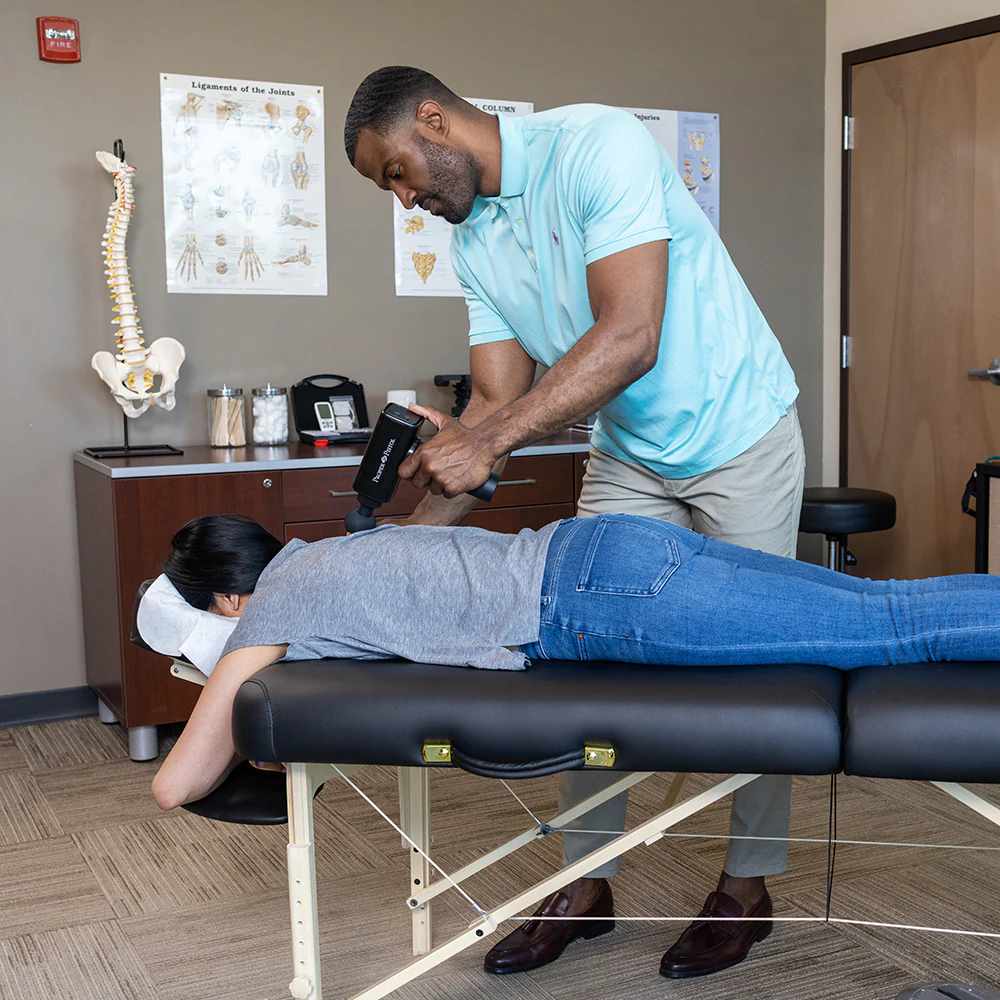As an independent massage therapist, you’re not just a healer—you’re also an entrepreneur. While your passion lies in helping clients relax, heal, and feel their best, the reality is that you also need a steady flow of clients to keep your practice thriving. And that’s where smart, intentional marketing comes in.
In this guide, we’ll explore seven powerful marketing strategies that can help you attract new clients, retain loyal ones, and build a strong, recognizable brand in your local community.

1. Optimize for Local SEO to Show Up Where It Matters
In the digital age, potential clients turn to Google when searching for services like massage therapy. In fact, searches such as “massage therapist near me” or “deep tissue massage in [your city]” are incredibly common. If you’re not showing up in local search results, you’re missing out on high-intent leads.
How to Get Started:
- Claim and verify your Google Business Profile (formerly Google My Business). Ensure your business name, address, phone number (NAP), hours, and services are accurate.
- Use local keywords across your website, blog, and service descriptions (e.g., “sports massage in Austin”).
- Encourage client reviews on Google. Positive reviews enhance credibility and improve your search ranking.
- List your practice on local directories like Yelp, Thumbtack, and MassageBook to increase visibility.
Pro Tip: Upload photos of your massage room, equipment, and any relaxing ambiance you offer. These visuals increase clicks and trust.
2. Niche Down and Build a Personal Brand
Trying to appeal to everyone often results in resonating with no one. Instead, focus on a niche where you can shine. Whether you specialize in prenatal massage, helping athletes recover, or managing chronic pain, owning your specialty helps you stand out in a crowded market.
How to Build a Strong Brand:
- Identify your ideal client: Who benefits most from your services?
- Tailor your brand identity: Logo, tagline, colors, and tone should reflect your niche.
- Reflect this niche on your website, service descriptions, and social media content.
- Educate your audience on how your specialty solves their specific problems.
By positioning yourself as the go-to expert in your niche, you’ll attract higher-quality leads who are more likely to book and refer others.
3. Launch a Referral Program That Works
Word of mouth is golden for massage therapists. Your clients already trust you—why not reward them for spreading the word?
Referral Ideas That Convert:
- Offer a discount or a free add-on (like aromatherapy) for every successful referral.
- Reward both the referrer and the referred client.
- Use physical referral cards or set up a digital referral system through your booking software.
Why It Works: People trust recommendations from friends and family. A structured referral program encourages happy clients to advocate for you actively.

4. Use Content Marketing to Build Trust and Authority
Content marketing isn’t just for big brands—it’s one of the most cost-effective ways to attract, engage, and convert local clients. When done right, blog posts, videos, and social media content educate your audience and showcase your expertise.
Easy Content Ideas for Massage Therapists:
- Write blog posts like “5 Benefits of Regular Massage” or “How Massage Helps with Back Pain.”
- Share self-massage techniques or stretching tips on Instagram or YouTube.
- Post client success stories (with permission) to build trust.
Why It Works: When people see that you’re knowledgeable and passionate, they’re more likely to book with you over someone they don’t know.
5. Nurture Clients with Email Marketing
Many therapists focus on getting new clients, but nurturing existing ones is just as important. Email marketing helps you stay connected and drive repeat business with minimal effort.
Tips for Using Email Effectively:
- Send a monthly newsletter with tips, updates, and promos.
- Use booking software to automate appointment reminders and follow-ups.
- Promote seasonal packages or discounts to past clients.
Bonus: Email gives you a platform to promote blog posts, client testimonials, and new services—keeping your practice top of mind.
6. Make Booking and Reviews Effortless
Convenience is king. If your clients can’t easily book an appointment or see positive reviews, they may move on to a competitor.
What You Need:
- An online booking system like Square, Vagaro, or MassageBook.
- A clean, mobile-friendly website with clear calls-to-action.
- Integration with Google reviews or embedded testimonials to provide social proof.
Why It Matters: Streamlining the booking process and showcasing positive experiences reduces friction and builds trust instantly.
7. Collaborate with Local Businesses
You’re not alone in the wellness space—there are yoga studios, gyms, chiropractors, and even salons that share your ideal clientele. By forming partnerships, you can tap into each other’s audiences and grow together.
Collaboration Ideas:
- Offer a “first visit” discount to members of a local gym or yoga studio.
- Host a wellness event together or co-sponsor a community health fair.
- Leave your business cards or flyers at complementary businesses—and offer to display theirs in return.
Why It Works: These businesses already have the trust of their clients. A warm introduction through collaboration often results in faster bookings.
Final Thoughts
Marketing your massage therapy practice doesn’t have to feel overwhelming. By focusing on these seven foundational strategies—local SEO, niching, referrals, content creation, email marketing, streamlined booking, and local partnerships—you can build a thriving, client-focused business that stands out in your community.
Start with one or two strategies, track your results, and expand as you gain confidence. With consistency and intention, your calendar (and your waitlist) will begin to fill.
Leave a Reply